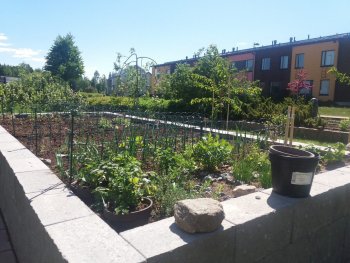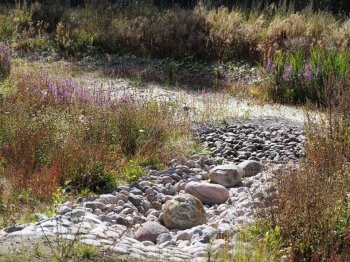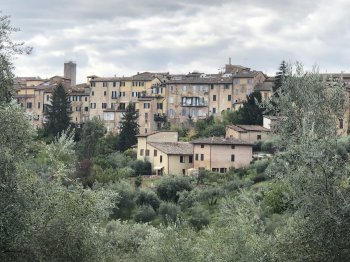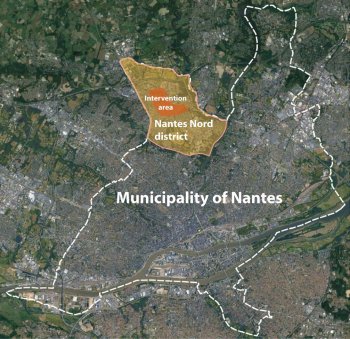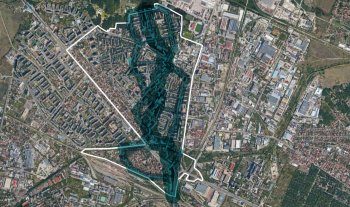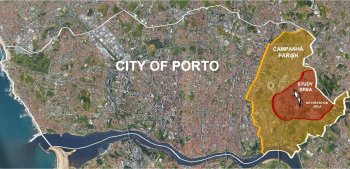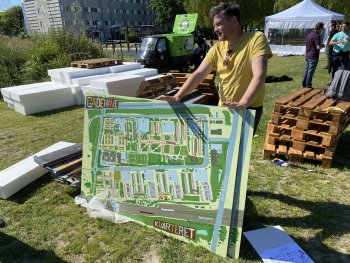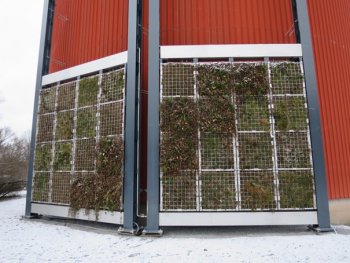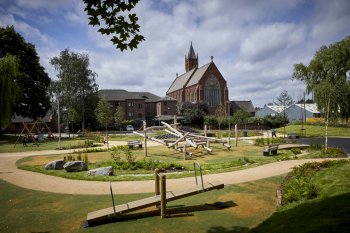UNaLab - Urban gardens, Vuores, Tampere, Finland
Three small-scale NbS projects were awarded innovation vouchers in summer 2019 by the City of Tampere. Two of the vouchers were used to develop garden areas near residential housing. Through this initiative, the city encouraged citizens to take the initiative to plan and implement the NbS that they find useful for their environment.

